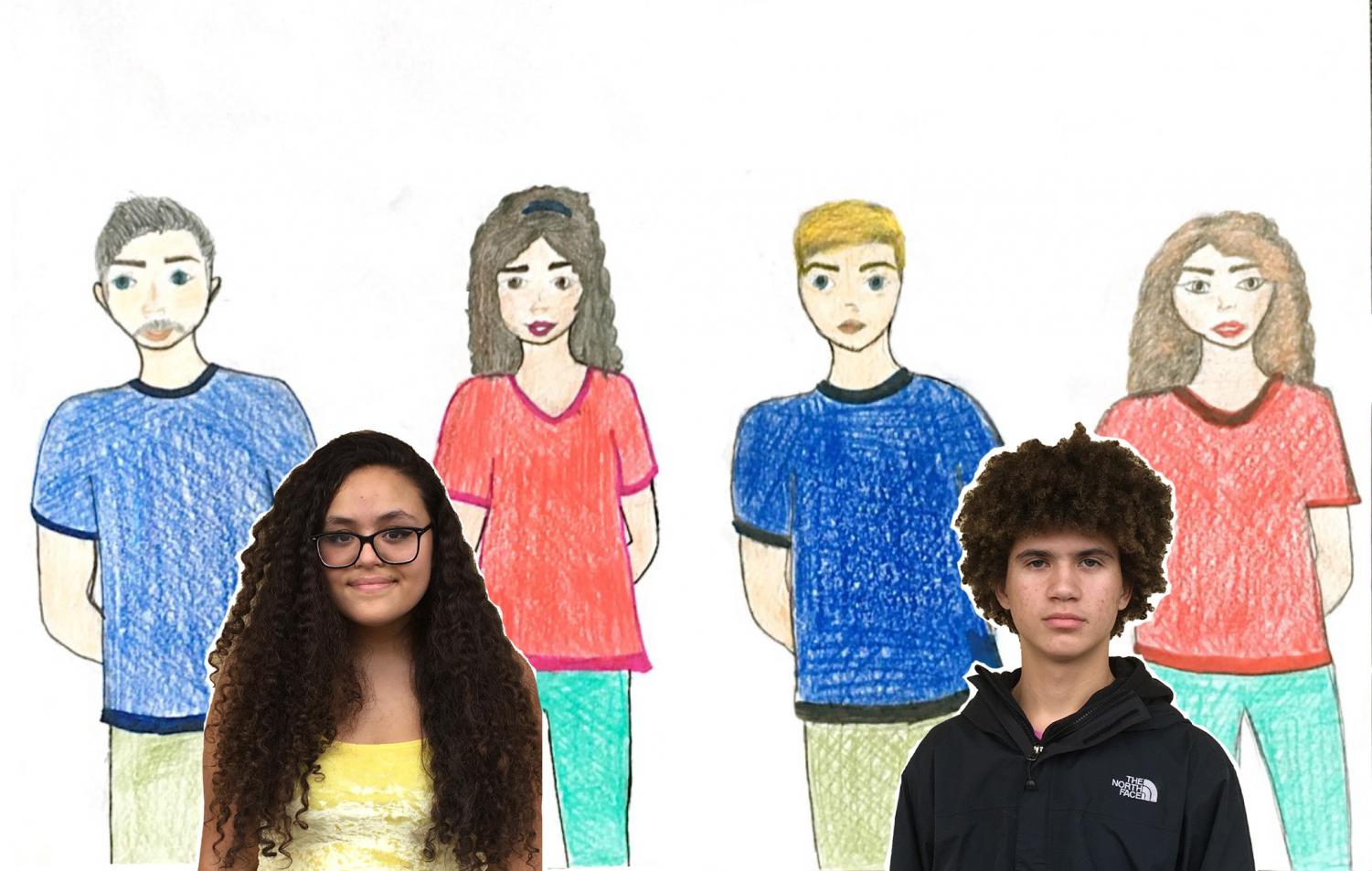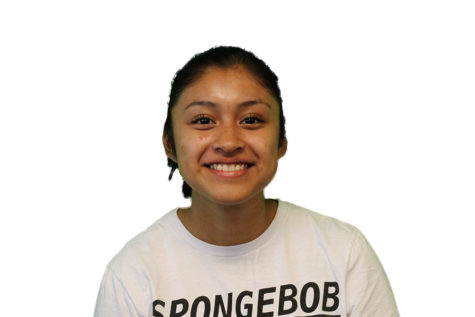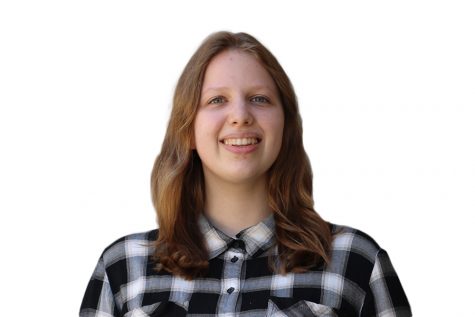It’s common knowledge that some Americans doubt the benefits of the country’s growing diversity. Although Pew Research Center discovered that most people see a positive impact, that doesn’t shield people of mixed race from the threat of bullies and isolation.
Mia Isabel Yoch, a sophomore at Carlmont High School, never had the armor to protect herself against the pressures of being biracial.
“I’m Mexican-Nicaraguan on my mom’s side and English on my dad’s side. During my childhood, I was been bullied for being mixed,” Yoch said.
The term biracial, in regards to racial identity, means that a person has a biological mother from one racial group and a biological father from another. Its usage can flow into the description of cultural identity, in which case it would be used to define someone or something that represents or consists of two distinct races.
“I’ve been told that I’m not Hispanic enough because I’m too white and don’t have dual citizenship,” Yoch said. “I celebrate most American holidays. I also celebrate Día de Los Muertos and Mexican Independence Day.”
Americans Share their thoughts on cultural diversity by Hanna Kryhina
Being part of more than one culture expects that one would feel welcome in their respective communities, but Yoch feels like an outsider.
“I wish that I didn’t always have to prove myself to either culture. I’ve always been seen as not enough or too much of something,” Yoch said.
Not only does Yoch feel isolated in society, but also within her family.
“My dad struggles to understand how this affects me because he has never experienced it himself. My mom understands my situation more because she has faced similar circumstances. It makes me a little distant from my dad because he will never fully understand me,” Yoch said.
Madsen LePelley, a 16-year-old sophomore at Carlmont, has similar experiences with conflicting racial cultures. He is biracial, half African American and half caucasian, as his mom is African American, and his dad is French Canadian. Therefore, his cultural identity, including the practice of religion, is split between his parents’ houses.
“We pray before dinner at my mom’s house, and then we go to church,” LePelley said.
At his dad’s house, they are not religious.
LePelley also alluded to the relationship between the police and people of mixed race.
“Some struggles with being biracial is that cops can be extra racist towards you,” LePelley said.
According to Pew Research Center, “Only about half (55%) of all African Americans express confidence in the police to do a good job enforcing the law, just 38% are confident police will refrain from using excessive force on crime suspects, and just 37% are confident that the police will treat all races equally.”
Culture is something that develops throughout a person’s life. It starts with their ancestors, their roots, and later, their race, experiences, and passions play into it. It can be different for each person, and it is precious for everyone.
In our modern society, culture has the power to connect people. Pride and respect can heal those who have been discouraged and divided because they were different.
“When I think about being bullied, it makes me upset that people feel the need to bring others down simply for who they are. It never makes sense,” Yoch said.
Understanding and accepting the customs of different cultures has great potential to improve societal interactions. Putting oneself in the shoes of others, or at least trying to understand their struggles, can ultimately help each person to understand the other.




